100 years ago today, on Wednesday 29th October 1924, a general election took place following a vote of no confidence in the labour minority government led by Prime Minister Ramsay MacDonald. It was the third general election to take place in less than 2 years. In the constituency of Epping, 3 candidates stood for election. J R McPhie (Labour), Gilbert Granville Sharp (Liberal) and Winston Churchill (Constitutionalist). Winning 58.9% of the vote, Winston Churchill was elected as Member of Parliament for Epping.
Churchill re-stood in Epping in the 1929 general election as Unionist winning 48.5% of the vote, in 1931 as a Conservative winning 63.8% and in 1935 as a Conservative winning 59%.
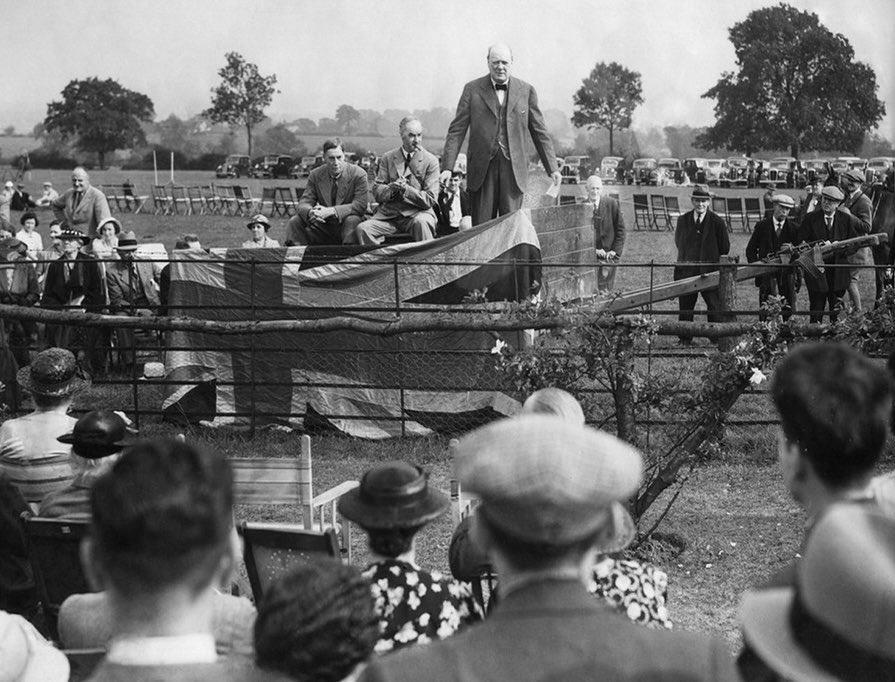
In 1940, Winston Churchill was elected Leader of the Conservative Party and served as Prime Minister of the United Kingdom during the Second World War, from 10th May 1940 to 26th July 1945, when he was beaten by Clement Attlee.
In the 1945 general election, there was a boundary review which split the Epping constituency and created the new seat of Woodford, which adopted Churchill as the Conservative Party’s parliamentary candidate. He went on to win in Woodford in the general elections of 1950, 1951, 1955 and 1959.
The Conservative Party won the 1951 general election and Churchill served a second term as Prime Minister from 16th October 1951 to 5th April 1955, when he stood down as Prime Minister and Party Leader, aged 81.
In 1955, in a significant break with tradition, the Lord Mayor of London unveiled a statue created by Oscar Nemon of Sir Winston Churchill in the Great Hall at Guildhall. The City has rarely ever dedicated statutes during the lifetime of a person being honoured and was the first such statue nationally. Churchill’s statue took its rightful place alongside other leading war heroes, such as the Duke of Wellington and Admiral Nelson.
In 1958, the Sir Winston Churchill Commemoration Fund commissioned David McFall to sculpt a statue of Churchill to be placed in his Woodford constituency on Epping Forest land. McFall worked initially from photographs, before Churchill allowed a number of personal sittings at Chartwell, his country home in Kent. The sittings, after which McFall produced six busts of Churchill in addition to the Woodford statue, were the last Churchill ever permitted.
The statue was unveiled by Field Marshal Bernard Montgomery, 1st Viscount Montgomery of Alamein, KG, GCB, DSO, PC, DL, on 30 October 1959. Churchill attended the ceremony and made a short speech focused on the gradual dissolution of the British Empire and on Britain’s own future place in the world. This was the second only statue to be created an unveiled before Churchill’s death on 24th January 1965, aged 90 years old.
There are many other references to Churchill’s life scattered around Epping and Woodford today, but knowing that the two statues he personally approved were based at the heart of the City of London and the heart of Epping Forest is really rather special and gives us a constant reminder that we must fight for what we believe in!
I was recently reading a speech Churchill made in the House of Commons on 12th November 1936 warning of the growing danger of German re-armament, however, you could be mistaken that Churchill was speaking to the country today about the need to act now to avoid disaster in climate change:
“Owing to past neglect, in the face of the plainest warnings, we have now entered upon a period of danger … The era of procrastination, of half-measures, of soothing and baffling expedients, of delays, is coming to its close. In its place we are entering a period of consequences … We cannot avoid this period; we are in it now.”
For those interested in learning more about Churchill’s role, the Epping Forest District Museum are hosting a number of talks to celebrate this special anniversary, outlined in the poster below.
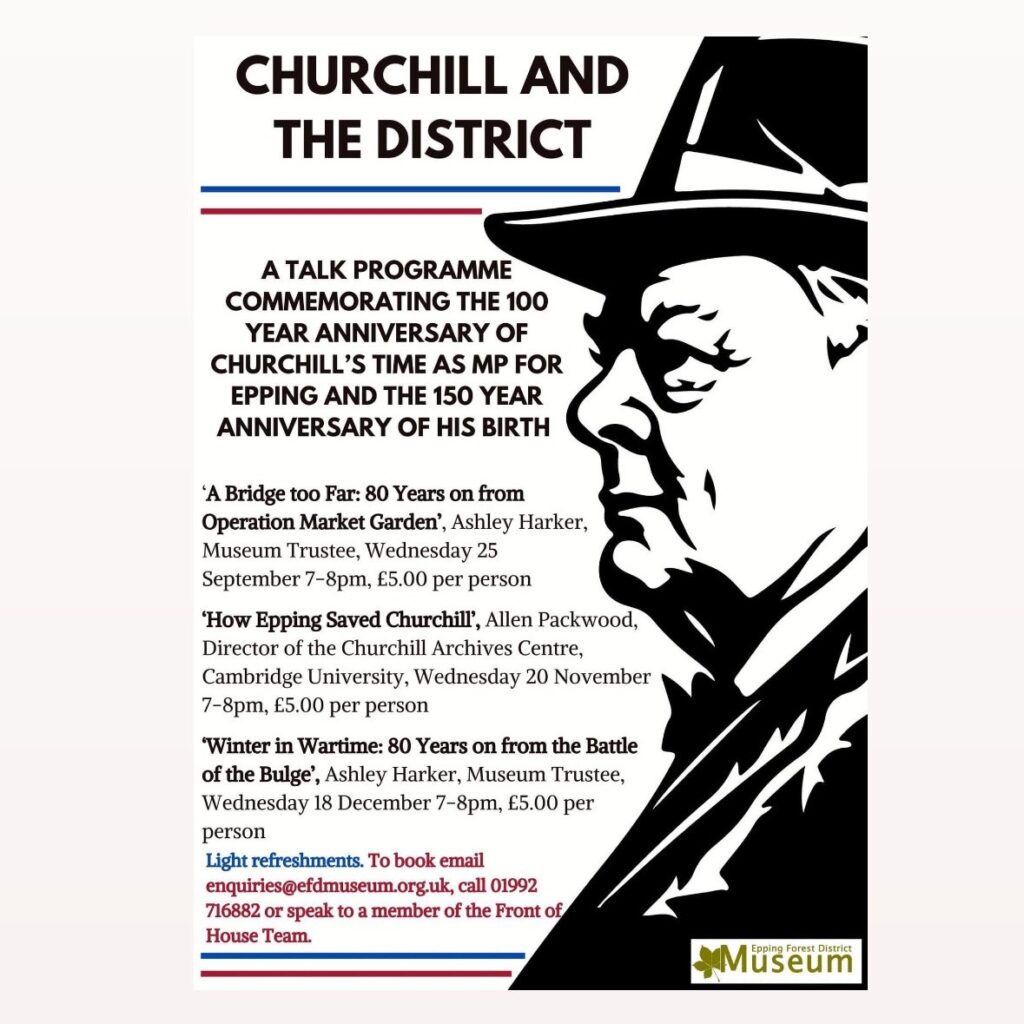
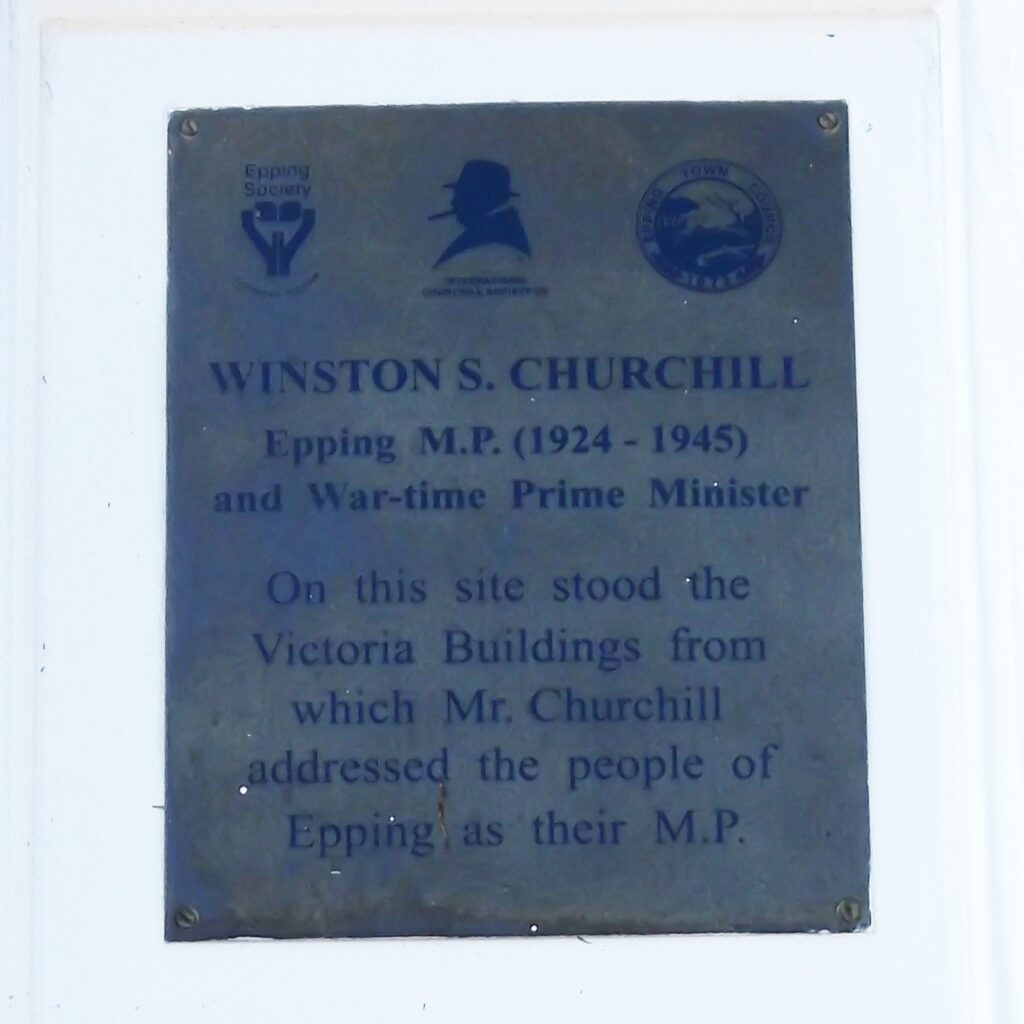
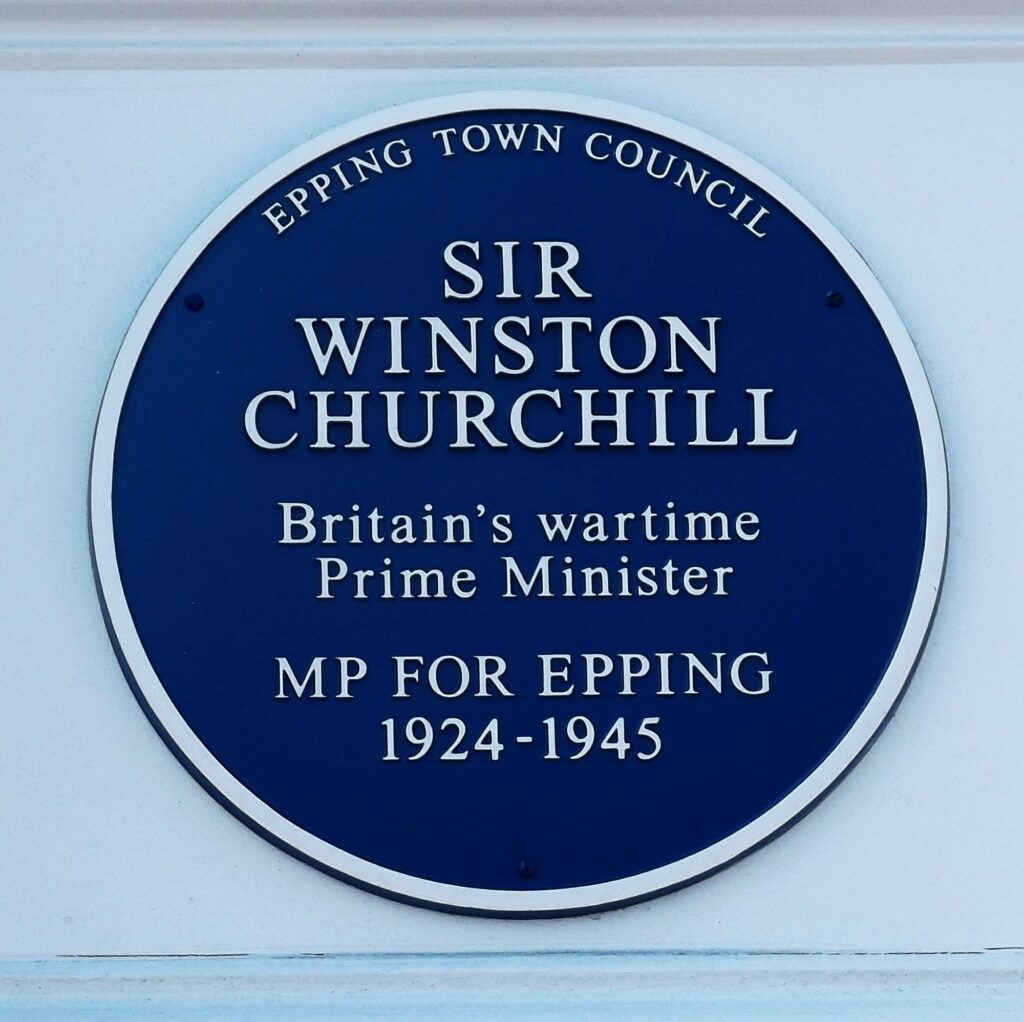
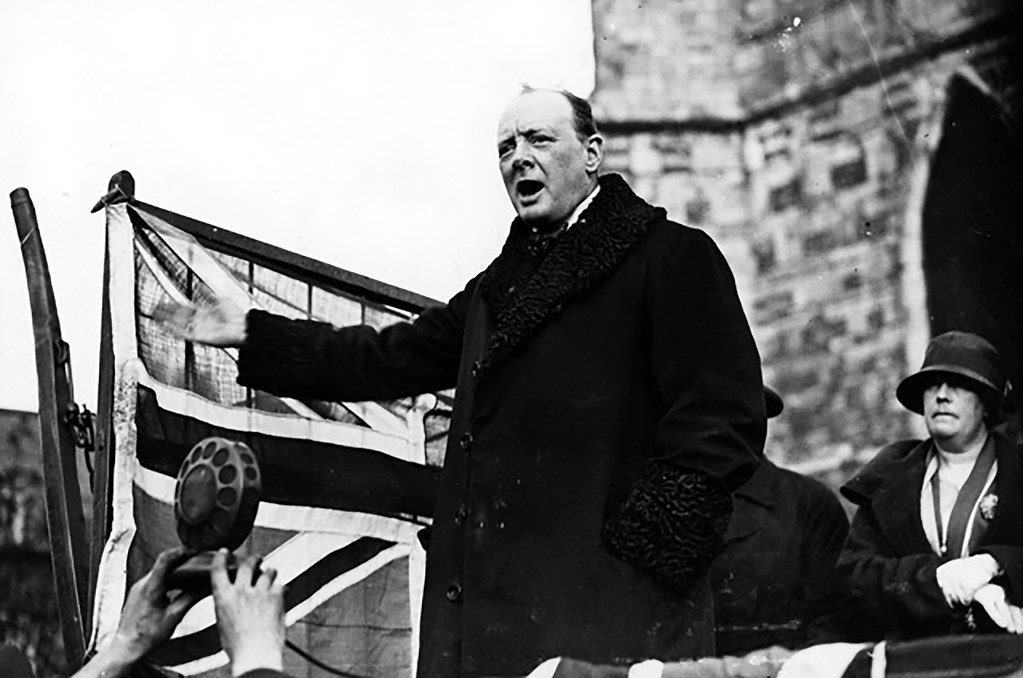
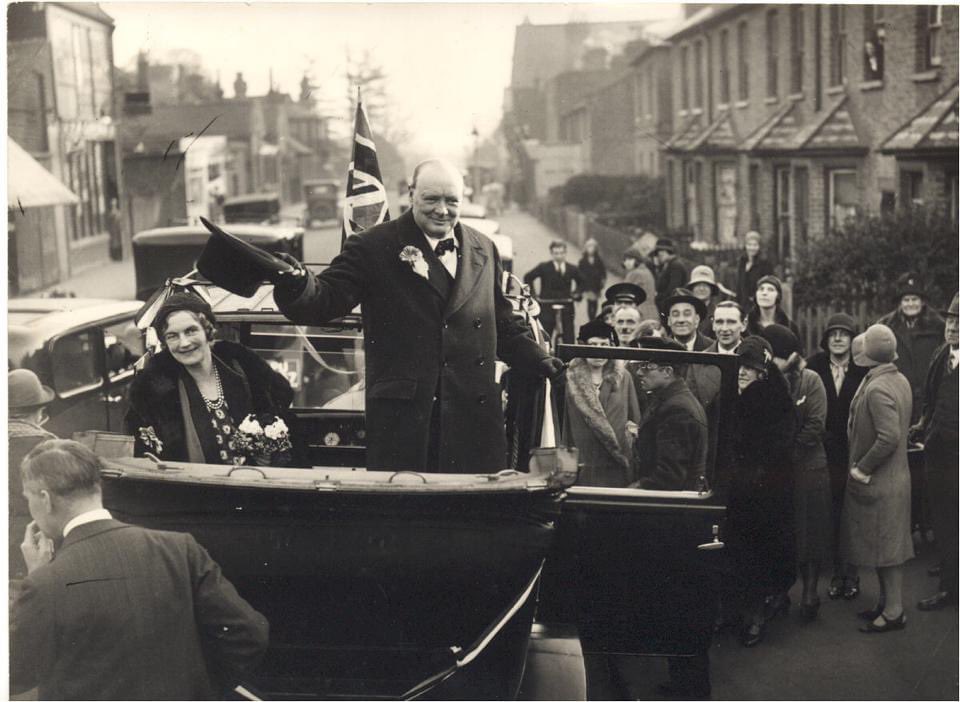
Brilliant post